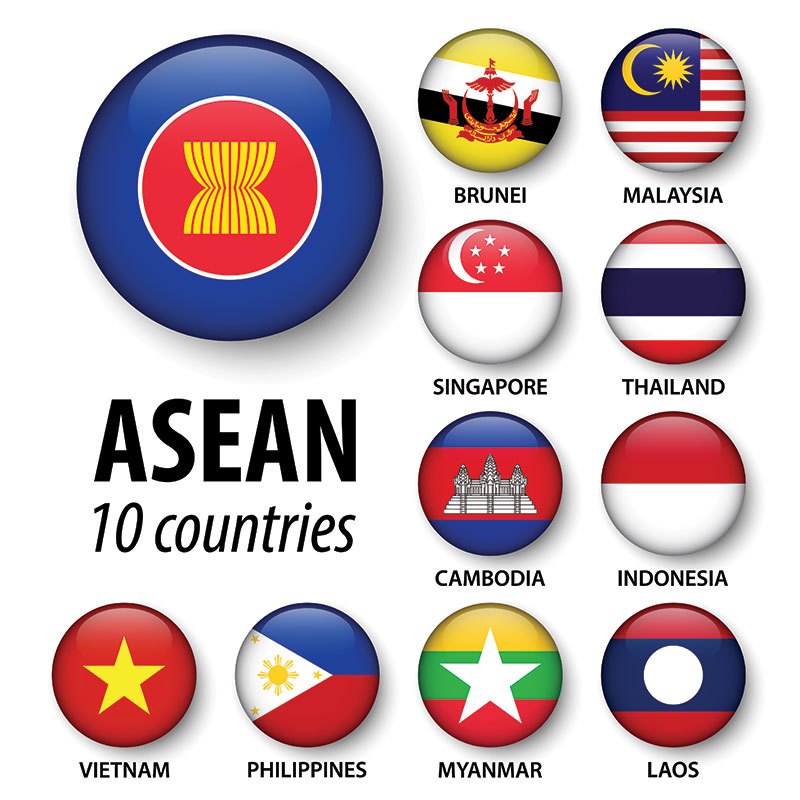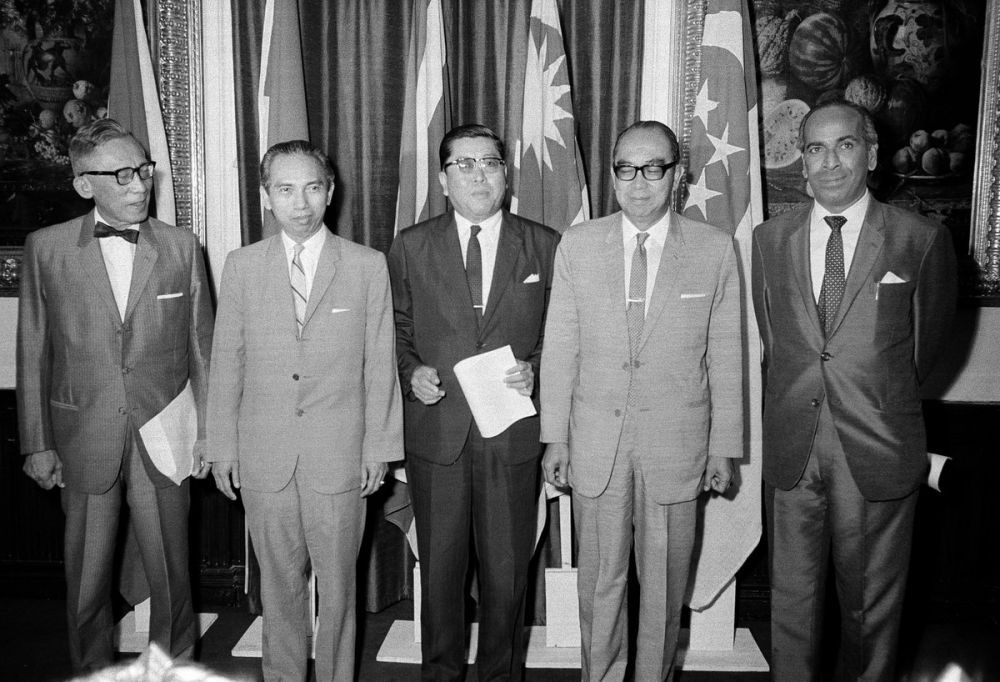The Association of Southeast Asian Nations (ASEAN) is regional grouping that promotes economic, political, and security cooperation. The five founding members of ASEAN, namely Indonesia, Malaysia, the Philippines, Singapore and Thailand signed this declaration in Bangkok on August 8, 1967. The aim of ASEAN was to establish cooperation between countries in various fields. Now, it’s already 53 years.
Do you know the interesting facts about the history of the formation of ASEAN? And what are the current facts about ASEAN? Check out more below!
- Established to encourage growth in various fields
The Association of Southeast Asian Nations (ASEAN) is established to promote economic growth, social progress and cultural development in the Southeast Asian region through multilateral cooperation. In addition, ASEAN also plays a role as a non-political group to maintain stability and peace among member countries and external partners.

- Do you know who the founding fathers of ASEAN are?
According to Singapore's National library board page, this group was formed by foreign ministers, such as Adam Malik from Indonesia, Narciso Ramos from the Philippines, Tun Abdul Razak from Malaysia, S. Rajaratnam from Singapore and Tun Thanat Khoman from Thailand.
They were representatives of their respective countries to sign the ASEAN declaration at the Ministry of Foreign Affairs of Thailand in Bangkok on August 8, 1967. From the original consisting of only 5 countries, now ASEAN consists of 10 countries and 1 observer country, according to the NTI website.

- Who are the current members of ASEAN?
So, which countries are currently members of ASEAN? Among them are Indonesia, Brunei Darussalam, Cambodia, Laos, Malaysia, Myanmar, the Philippines, Singapore, Thailand and Vietnam. Plus, there is another country that acts as an observer, namely Papua New Guinea, explained the NTI website.
Meanwhile, there are more countries that are members of the ASEAN Regional Forum (ARF), namely Australia, Bangladesh, Brunei Darussalam, Cambodia, Canada, China, the European Union, India, Indonesia, Japan, North Korea, South Korea, Laos, Malaysia. , Myanmar, Mongolia, New Zealand, Pakistan, Papua New Guinea, Philippines, Russia, Singapore, Sri Lanka, Thailand, Timor Leste, United States and Vietnam.
4. Some of the basic principles that ASEAN members adhere to ASEAN Summit
The first time it was held on February 24, 1976. In particular, this Summit was held in Bali, Indonesia! In addition, The Treaty of Amity and Cooperation (TAC) was signed at this event. State officials must comply with and implement the basic principles below:
- Mutual respect for independence, sovereignty, equality, territorial integrity and national identity of all nations;
- The right of every country to lead its national existence free from external interference, subversion and coercion;
- Do not interfere in each other's internal affairs;
- Resolving differences and disputes in a peaceful manner;
- Release of threats and use of force;
- Effective cooperation with each other.
- What is the role of Adam Malik, the founding father from Indonesia in ASEAN?
The third Vice President of the Republic of Indonesia (RI) has a significant role in the formation of ASEAN. Adam Malik has a background as a senior diplomat, former foreign minister and journalist. His involvement in ASEAN was to dampen the confrontation between Malaysia and Indonesia at that time.
According to him, Indonesia and Malaysia are allied countries that have a similar culture. Adam Malik also tried to continue the good relationship and end the confrontation. In addition, Adam Malik also wanted Southeast Asia to become a unified whole.
- Various important issues were discussed at the ASEAN Summit
Until now, ASEAN has played a major role in bringing change to Southeast Asia. Such as the Kuala Lumpur Declaration in 1971 with the agreement that Southeast Asia is a region free from nuclear weapons. The ASEAN 2020 vision is expected that Southeast Asia will become a zone of peace, freedom and neutrality.
ASEAN cooperation is also carried out to guarantee security in the region. The agreement was made to support long-term world peace and international security. In addition, ASEAN also unites and works hand in hand in eradicating acts of terrorism which have been increasingly occurring recently.
So, those are facts and brief history about ASEAN. Hope this information is useful for you.
Source : IDN Times


















